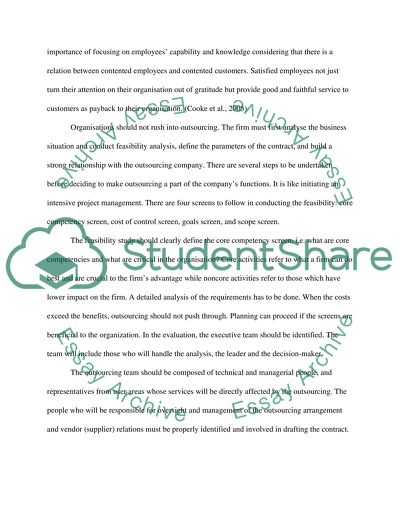Cite this document
(“Outsourcing Assignment Example | Topics and Well Written Essays - 2000 words”, n.d.)
Retrieved from https://studentshare.org/finance-accounting/1456771-final-assingment
Retrieved from https://studentshare.org/finance-accounting/1456771-final-assingment
(Outsourcing Assignment Example | Topics and Well Written Essays - 2000 Words)
https://studentshare.org/finance-accounting/1456771-final-assingment.
https://studentshare.org/finance-accounting/1456771-final-assingment.
“Outsourcing Assignment Example | Topics and Well Written Essays - 2000 Words”, n.d. https://studentshare.org/finance-accounting/1456771-final-assingment.


